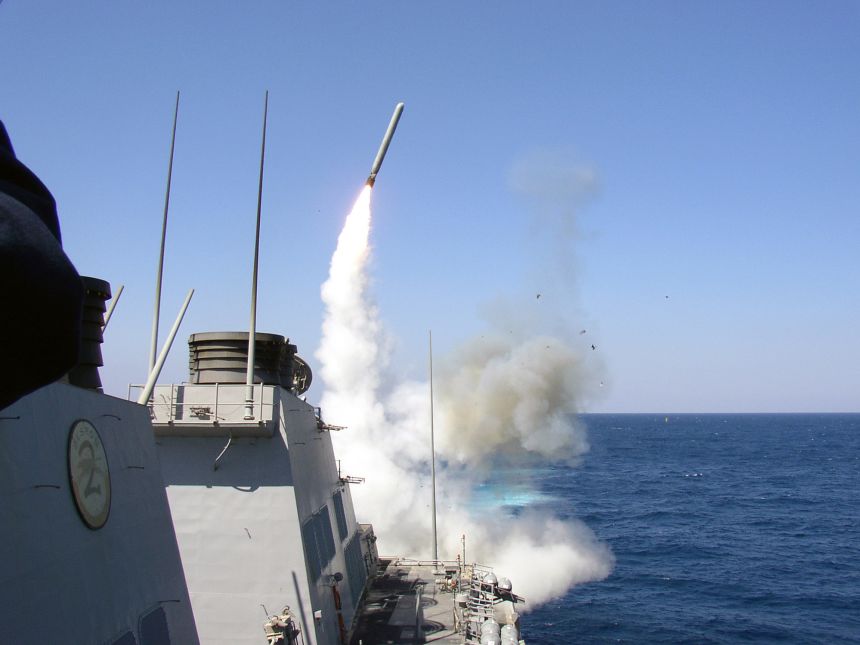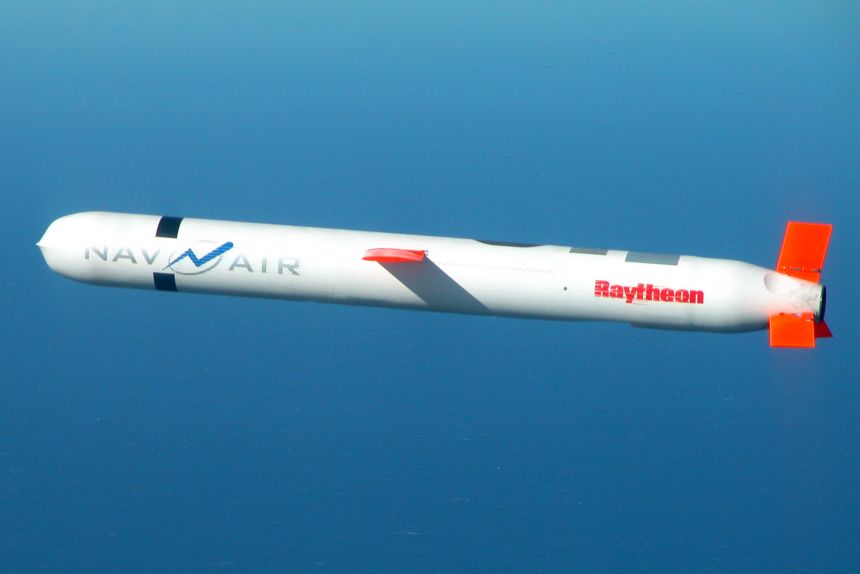The Tomahawk is the workhorse of the United States’ missile arsenal. It’s been deployed in strikes in Syria and Libya and was used extensively against former dictator Saddam Hussein’s regime in Iraq, in both the 1990s and in 2003.
About 30 of the cruise missiles were used as part of the US strikes on Iranian nuclear facilities in June.
While not new, the Tomahawk remains effective and relatively cheap, at $2 million per missile. Depending on the variant, it can strike targets at a range of between 1,600 and 2,500 kilometers (1,000 to 1,600 miles).
That is not much greater than some of Ukraine’s longer-range drones, but the Tomahawk would pack a far higher explosive punch. It has sophisticated guidance technologies and travels at high subsonic (about 550 mph) speeds.
It also flies low, literally hugging the contours of land, making it harder to detect and intercept.
For all these reasons, Ukrainian President Volodymyr Zelensky has lobbied the Trump administration for the delivery of Tomahawks that could enable Ukraine to strike targets deep inside Russia. For now, at least, he’s not going to get them. Trump made clear last week that the US has few to spare, saying: “We need Tomahawks for the United States of America too. We have a lot of them but we need them.”
As we have seen in this war of attrition – with the F-16 fighter jets, Abrams tanks and even Patriot missile batteries supplied to Ukraine – no single system is a game-changer. Hundreds of Tomahawks would be needed to cripple Russia’s refineries and airbases.
Even so, a few dozen could enable the Ukrainian military to inflict substantial damage on key Russian infrastructure far from its borders – including the Shahed drone factory in Tatarstan and the Engels-2 Air Base in Saratov oblast, according to Washington-based think tank the Institute for the Study of War.
“It’s very difficult just to operate with only with Ukrainian drones. We need long-range Tomahawks,” Zelensky said in an interview with US network NBC on Sunday.
He has also said that Tomahawks would “strengthen Ukraine and force the Russians to sober up a little (and) sit down at the negotiating table.”
The Kremlin was so perturbed by the prospect of Kyiv procuring Tomahawks that it issued dire warnings about an escalation of the war, given that the missiles can carry nuclear warheads. Russia would perceive their supply to Ukraine as a “hostile move” that would threaten global security, according to the head of the Foreign Intelligence Service (SVR), Sergey Naryshkin.
Russian President Vladimir Putin sought to preempt the prospect in a lengthy call with Trump on the eve of Zelensky’s visit to Washington on October 16.
The Tomahawk is certainly proven in combat. In 1991, when the US and its allies sought to expel Iraqi forces from Kuwait, 122 Tomahawks were fired at Iraqi defenses in the opening three days of Operation Desert Storm – the first time they had been used. It has also been used for precision strikes in the Balkans, Afghanistan in 1998, Yemen, Libya and Syria. The latest version of the missile was introduced in 2021, with enhanced electronics and a greater range.

However, it has largely been a sea-launched missile. Ukraine would need a ground-launcher – called the Typhon – to fire the missile. The Typhon, which resembles a large container, was developed after the US withdrew from the Intermediate-Range Nuclear Forces Treaty with Moscow in 2019, citing multiple Russian violations.
Zelensky has spoken optimistically about Ukraine’s own cruise missile – dubbed the Flamingo – which purportedly has a similar range to the Tomahawk. But its capabilities are something of a mystery and Ukraine lacks the resources to scale up production.
While Tomahawks would help Kyiv’s long-range attacks inside Russia, Ukraine needs above all else more – and more capable – air defenses, as Russia ratchets up mass attacks with a combination of missiles and drones.
Zelensky met with US manufacturers Lockheed Martin and Raytheon during his latest trip to Washington as he pursues what he has described as a “mega-deal” worth some $90 billion in weapons purchases.
